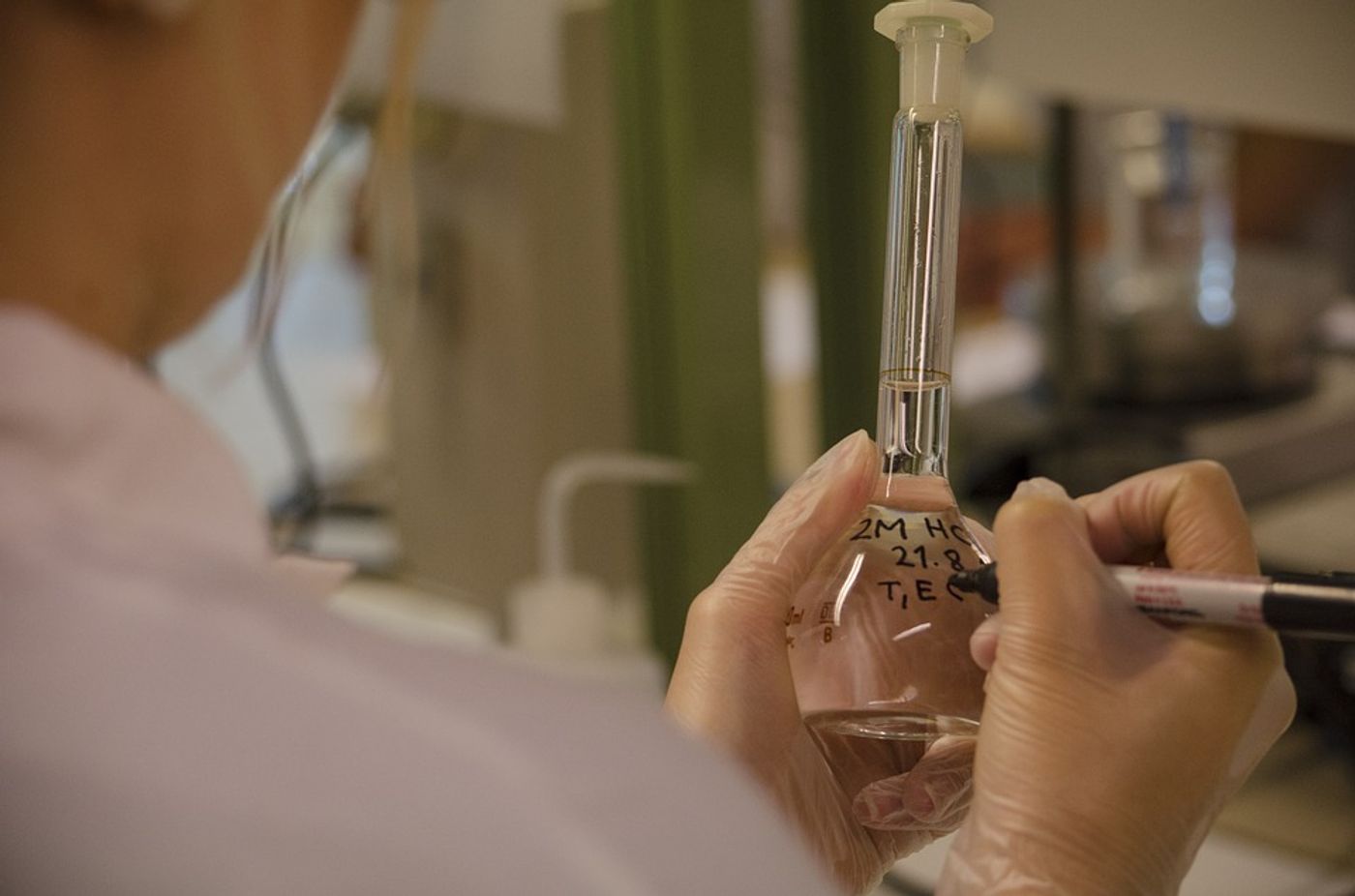A new test may detect the presence of abnormal proteins indicative of a deadly prion disease known as Creutzfeldt-Jakob Disease (CJD). By adapting an established blood test for variant CJD, researchers at the University College London say the new test accurately picks up on
prions in urine, which could enable early detection and treatment.

Known formally as transmissible spongiform encephalopathies (TSEs), prion diseases are rare and deadly diseases of the brain. Once infected, the prion particles self-propagates and converts other proteins to be malformed, leading to irreversible destruction of brain material. CJD is among diseases known to be caused by prions.
Among CJD cases, the majority (around 85 percent) is sporadic, meaning they occur randomly. The other cases come from inherited mutations, or contamination with infected surgical equipment. Around 70 percent of patients diagnosed with CJD die within one year of diagnosis.
"Although there is currently no cure for this disease, an accurate and early diagnosis is extremely important for patients and their families. In the future, as trials of potential therapies become available, the earlier a patient can be diagnosed the more effective any treatment is likely to be,” said Graham Jackson, senior author of the study.
CJD is characterized by presence of prions, which are “proteinaceous infectious particles.” These abnormal proteins can be detected in the blood of patients with vCJD, commonly known as “mad cow disease.” But researchers wondered whether urine analysis will also pick up these proteins.
Indeed, modifications to the blood test showed that it can be adapted to urine samples. The team tried the test in 162 people – a group that consisted of healthy controls, people with CJD, and people with other types of neurodegenerative diseases. They found the test to have 100 percent specificity (no false positives). The sensitivity to CJD was lower, at 40 percent. However, the team noted that this was a marked increase from a previous test in which the sensitivity to vCJD was at 7.7 percent.
While there is room for improvement in picking up prions better than just 40 percent of the time, the team say this is the first step toward better detection of prion diseases. Of note, current methods such as brain biopsy and sampling of spinal fluid are complicated and highly invasive. Furthermore, these procedures are often done to confirm suspected CJD, meaning that patients have less time to be treated and less time to grapple with the diagnosis.
"This test could be a critical step forward in being able to identify disease sufferers early using a simple test, perhaps at the first signs of being unwell or even as part of routine screening. By studying the nature of these disease-specific forms of the prion protein we hope to be able to improve the reliability and speed of the test to a point where it could one day be routinely used by clinicians […] to detect all forms of CJD,” said Jackson.
Additional sources:
MNT
 Known formally as transmissible spongiform encephalopathies (TSEs), prion diseases are rare and deadly diseases of the brain. Once infected, the prion particles self-propagates and converts other proteins to be malformed, leading to irreversible destruction of brain material. CJD is among diseases known to be caused by prions.
Known formally as transmissible spongiform encephalopathies (TSEs), prion diseases are rare and deadly diseases of the brain. Once infected, the prion particles self-propagates and converts other proteins to be malformed, leading to irreversible destruction of brain material. CJD is among diseases known to be caused by prions.







